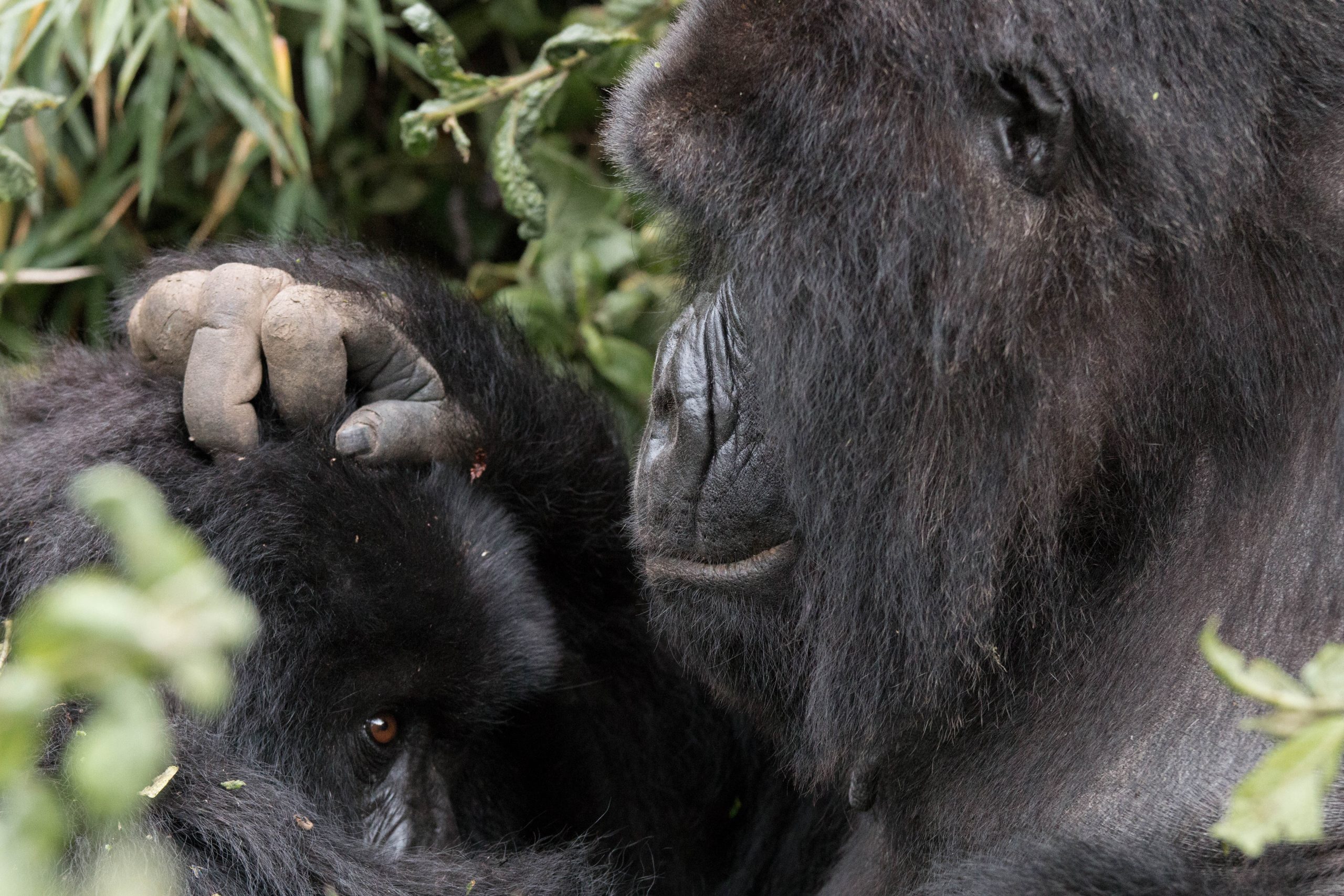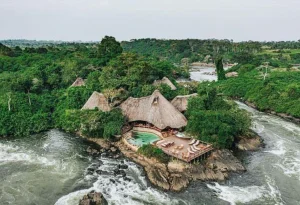how many mountain gorillas are there?
As you embark on a journey to encounter the mountain gorillas in Uganda, it’s fascinating to explore the current status of their population. Abunda Discoveries invites you to delve into the world of these incredible creatures, understanding the efforts dedicated to their conservation and the heartening news about their increasing numbers.
There are thought to be around 316,000 western gorillas in the wild, and 5,000 eastern gorillas. Both species are classified as Critically Endangered by the IUCN; all subspecies are classified as Critically Endangered with the exception of the mountain gorilla, which is classified as Endangered.
Endangered Status:
The mountain gorilla (Gorilla beringei beringei) is classified as critically endangered by the International Union for Conservation of Nature (IUCN). This status reflects the species’ vulnerability to various threats, including habitat loss, poaching, and diseases transmitted by humans.
Although the number of mountain gorillas now stands at slightly over 1,000, mountain gorillas are still threatened and considered an endangered species. The greatest threat to mountain gorillas come from humans. In the Democratic Republic of Congo, Mountain gorillas still fall victim to poaching.
Population Count:
The most recent census estimates, as of [current year], reveal that the population of mountain gorillas has shown a positive trajectory. While precise numbers can fluctuate due to ongoing conservation efforts and updated surveys, it is heartening to note that their population has surpassed the 1,000 mark. There are an estimated 1,063 in the wild according to the latest census results (which come out every 5-10 years).
Conservation Success in Bwindi Impenetrable Forest and Volcanoes National Park:
Bwindi Impenetrable Forest in Uganda and the Virunga Massif, which spans the borders of Uganda, Rwanda, and the Democratic Republic of Congo, are the primary habitats for mountain gorillas.
Conservation initiatives in these areas, supported by organizations, governments, and responsible tourism, have contributed to the growth in the mountain gorilla population.
Community Involvement and Conservation Efforts:
Conservation success is not solely attributed to protected areas; it is also the result of collaboration with local communities. Engaging communities in sustainable practices, providing alternative livelihoods, and fostering a sense of ownership over conservation efforts are crucial components of mountain gorilla protection.
Strengthening human and social assets
Training and other opportunities have advanced the organizing, negotiating and business skills of communities. The case study notes that the largely illiterate people of the area have formed groups which are able to plan, negotiate and implement a wide range of activities. A community owned campsite employing eleven people earned US$70,628 in 2004.
Tourism Contributions:
Responsible tourism, such as gorilla trekking, plays a pivotal role in the conservation of mountain gorillas. The revenue generated from tourism activities supports habitat preservation, anti-poaching measures, and community development, creating a positive cycle for both gorillas and local communities.
Ongoing Challenges:
While the increase in mountain gorilla numbers is a cause for celebration, ongoing challenges persist. Habitat fragmentation, climate change, and potential disease transmission remain concerns. Continuous conservation efforts and public awareness are essential to address these challenges and ensure the sustained growth of the mountain gorilla population.
Conclusion:
The mountain gorillas of Bwindi Impenetrable Forest and the Virunga Massif stand as symbols of resilience and conservation success. As you embark on your journey with Abunda Discoveries, take pride in being part of responsible tourism initiatives that contribute to the thriving population of these gentle giants. The story of the mountain gorillas is one of hope and collective dedication to ensuring the survival of this endangered species, allowing future generations to witness the magic of these remarkable creatures in their natural habitats.




